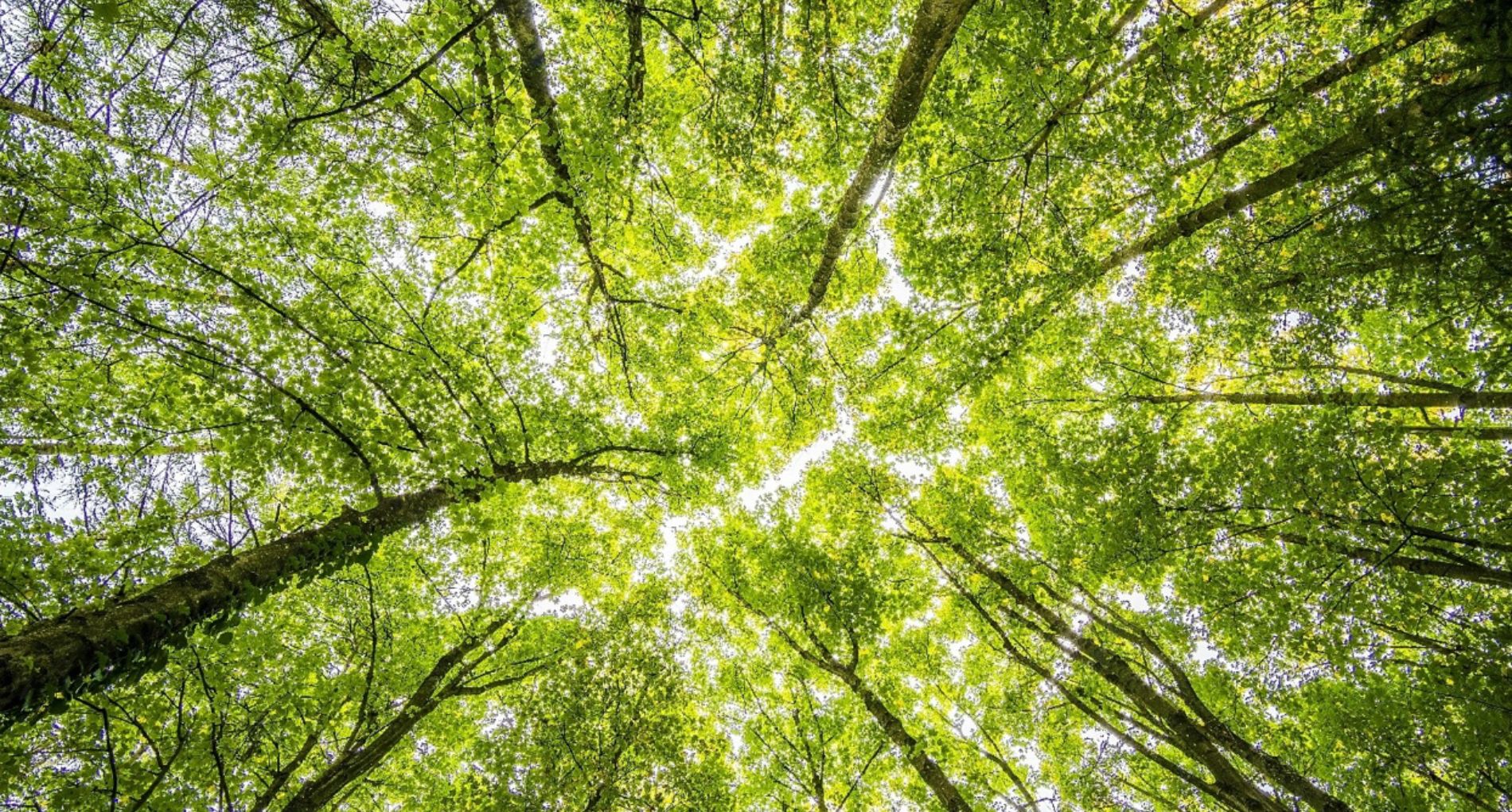Bridging the Language Divide in High-Quality Design & Construction
How Words Like “Sustainability” and “Off-Grid” Create Unnecessary Barriers
Introduction: The Power of Words
Words matter. In the world of high-quality design and construction, the way we talk about our work can influence how people perceive it—sometimes in ways we don’t intend. Two terms often used to describe forward-thinking, efficient buildings—sustainability and off-grid—highlight this issue. While “sustainability” is a rallying cry for many, “off-grid” evokes self-sufficiency and independence, yet it can carry survivalist connotations.
The irony? Whether you favor “sustainability” or “off-grid living,” both ideas promote the same principles: durable, efficient, cost-effective buildings. The problem isn’t the goal—it’s the language we use to describe it.
Sustainability: Designing for Long-term Efficiency
“Sustainability” can take on different meanings depending on your point of view. While it simply means designing for long-term efficiency and resource conservation, its political framing has led some to see it as synonymous with regulations, climate activism, and increased costs.
For example, a contractor pitching “sustainable building materials” might trigger resistance from a homeowner who associates sustainability with political overreach. However, if that same contractor talks about “long-lasting, low-maintenance materials that reduce energy bills,” the response is often much more positive. It’s the same concept—just without the polarizing language.
Off-Grid: Building for Resilience
On the other side, “off-grid” can carry a stigma as being too restrictive. Many see it as self-reliance and freedom from government-controlled utilities, yet some associate it with survivalist movements or rejecting modern infrastructure. This creates an odd dynamic where homeowners who might love the idea of energy independence hesitate simply because of the terminology.
Yet when “off-grid” is reframed as “resilient” or “self-sufficient,” it better aligns with progressive values around community preparedness and reducing strain on public resources. Again, the concept remains the same—it’s the language that changes the perception.

Stewardship vs. Saving Polar Bears: Different Narratives, Same Goal
One of the most effective ways to find common ground in these discussions is through shared values. For many, environmental responsibility is less about climate activism and more about stewardship—the idea that humans are entrusted with the care of our earth.
On the other hand, others may be more drawn to conservation through an ecological lens—protecting polar bears, rainforests, and biodiversity. While the narratives differ, the fundamental belief is the same: we shouldn’t waste resources, and we should care for the world around us.
By recognizing these shared values, designers and builders can reframe conversations in ways that resonate with different audiences. Instead of promoting sustainability as an abstract climate goal, we can highlight it as responsible stewardship, financial wisdom, and community resilience—concepts that transcend our divisions.
The Universal Desire for Affordable, Low-Maintenance Homes
At the end of the day, everyone wants the same thing in a home:
-Low energy bills.
-Durable materials that don’t require constant maintenance.
-A comfortable, healthy living environment.
-Financial security through smart design choices.
For example, a well-insulated home with a high-efficiency HVAC system isn’t just “green,” it’s practical. A solar-powered home battery isn’t just “off-grid,” it’s protection against outages. When these benefits are framed in terms of cost savings, resilience, and comfort, other biases fade away.
Conclusion: Moving Beyond Buzzwords
The words we use to describe high-quality design and construction can either unite or divide. By shifting the focus from divisive terms to universal values—cost savings, resilience, and long-term durability—we can make these concepts more accessible to everyone.
It’s not about abandoning sustainability or off-grid principles. It’s about presenting them in ways that align with people’s priorities, whether that’s stewardship, self-reliance, or financial prudence. Because in the end, we all want the same thing: well-built homes and buildings that stand the test of time.
About the Author
Frank Wickstead is a Partner at Alair and a professor at Georgia Tech, where he teaches courses on high-quality design and construction. With decades of experience in the industry, he specializes in bridging the gap between sustainability, resilience, and practical, cost-effective building solutions. Frank is passionate about making high-performance design accessible to all.
